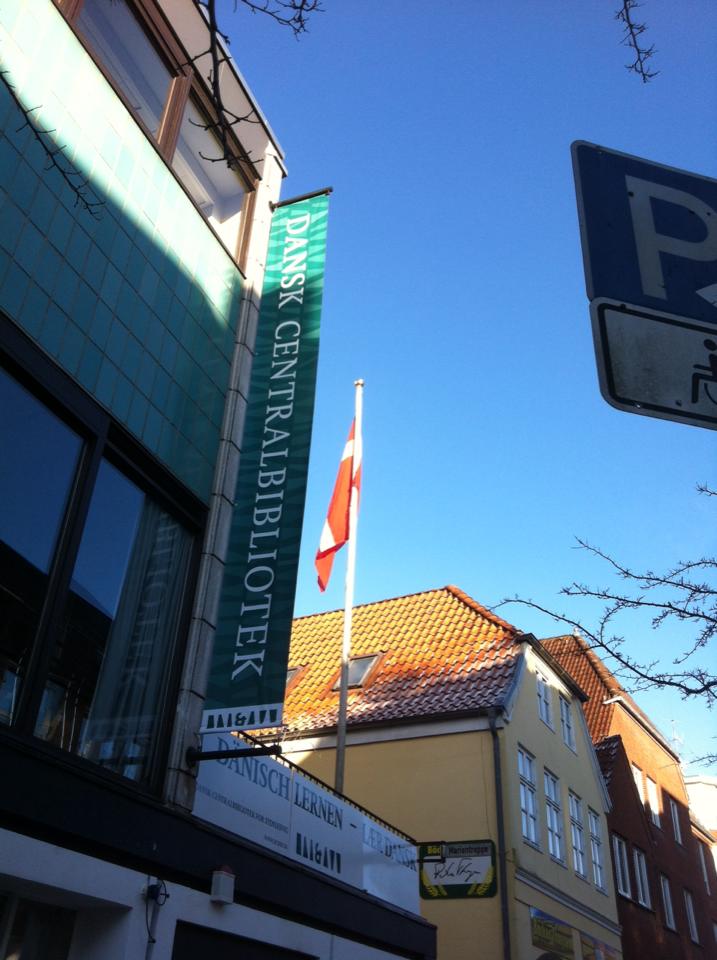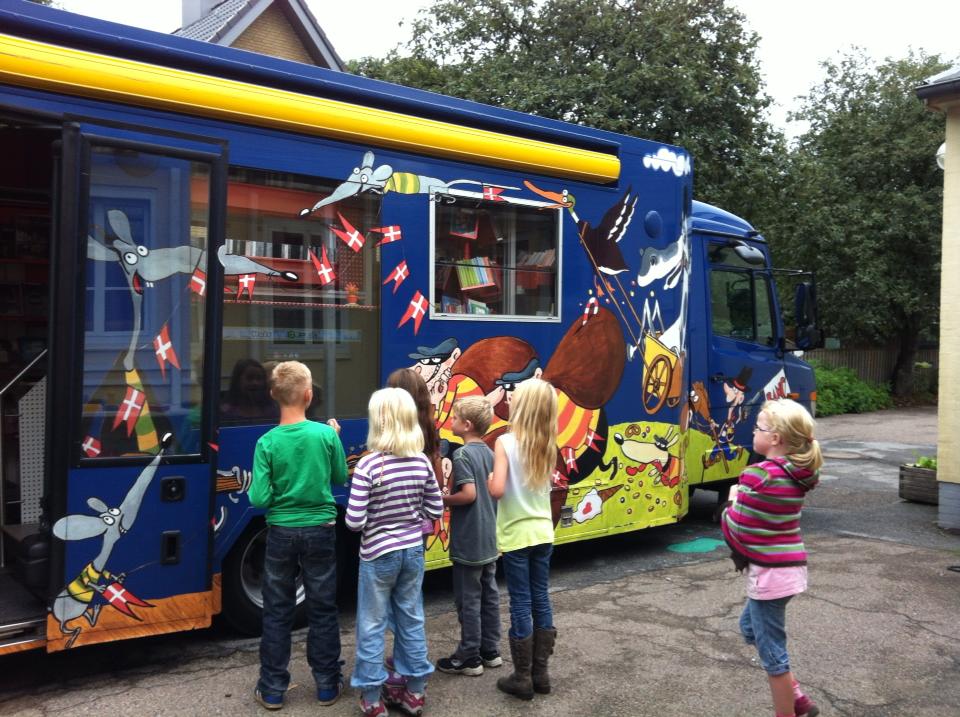International Mother Language Day
21 February 2019
Preserving and celebrating languages is a core part of wider efforts to safeguard and develop our tangible and intangible heritage. On 21 February we celebrate International Mother Language Day, a celebration of all the languages around the world.
International Mother Language Day was first celebrated in 2000, following an initiative by Bangladesh and a decision of the 1999 UNESCO General Conference and has been observed throughout the world since 2000. The day does not only serve to promote the preservation of mother tongues, but serves to encourage linguistic diversity, multilingual education and to develop fuller awareness of linguistic and cultural traditions throughout the world.
This is a challenge. At least 43% of the estimated 6000 languages spoken in the world are endangered, and every two weeks a language disappears taking with it an entire cultural and intellectual heritage. Libraries around the world are preserving and promoting languages knowing that celebrating them is a key ingredient of diverse and cohesive societies.
The Language Border

It is often the case that someone’s mother tongue is not the dominant language of the country or region in which they speak. This can pose challenges through life, from greater difficulties at school to problems in finding work or interacting with government later in life.
Not being able to use, or access knowledge and information in your mother tongue, can limit the development of the personality and indeed of intellectual freedom. This is where libraries can come in.
The case of the Danish minority in Southern Schleswig is a good example. The question of whether the people living in the area are Danish or German nation has been fluid since the first national conflicts in the region.
From year 800-1920 the international border between Southern Schleswig, Germany and North Schleswig, Denmark was moved several times, which resulted in many conflicts, especially conflicts of languages, with this being the main means used to distinguish a German Schleswigian from a Dane. In Southern Schleswig in particular, there was divide between the everyday Danish language, and the church and school language, which was German.
In 1920 the result of a referendum saw Northern Schleswig officially reunited with Denmark, while Southern Schleswig remained a part of Germany. Nonetheless, this still left minority groups on both sides of the border, with a mother language different from the majority of their nation.
In 1955 the Copenhagen-Bonn Declaration was signed, establishing the rights of the Danish and German minorities to practice their religious, cultural and professional connections in and with, respectively, Denmark and Germany. The minority groups were also granted the right to establish their own kindergartens, schools and libraries, being able to learn in their mother tongue.

The Danish Central Library for Southern Schleswig
Today there are around 50 000 people in the Danish minority in Southern Schleswig, of which between 10 000 and 20 000 have Danish as their mother tongue, and around 9 000 use Danish in their everyday lives.
The Danish Library for Southern Schleswig functions as a hub for the Danish minorities. It is more than just a library, it is also a major regional collection of more than 50.000 books covering every conceivable theme about the area, its countryside, its flora and fauna, and its people and their customs, culture, traditions and language.
The library provides not only access to literature in the mother language, but also organises events such as movie nights for both children and adults, language courses, readings and debating clubs – all in Danish. Two book bus managed by the library drives frequently around the region, making sure that everybody has access to books in their mother tongue.
The library does not just collect books, but also helps produce them. In 2018, it coordinated the publication of three Southern Schleswig children books with stories in Danish about what it means to be Danish outside of Denmark, and what it means to be both German and Danish. In particular, they focused what it means to be in a minority group speaking a different language than the majority, underlining the merits of cooperation and co-existence.
These publications are great examples of how the library contributes not only to preserving the language, but also to promoting minority languages to inspire solidarity based on understanding, tolerance and dialogue.